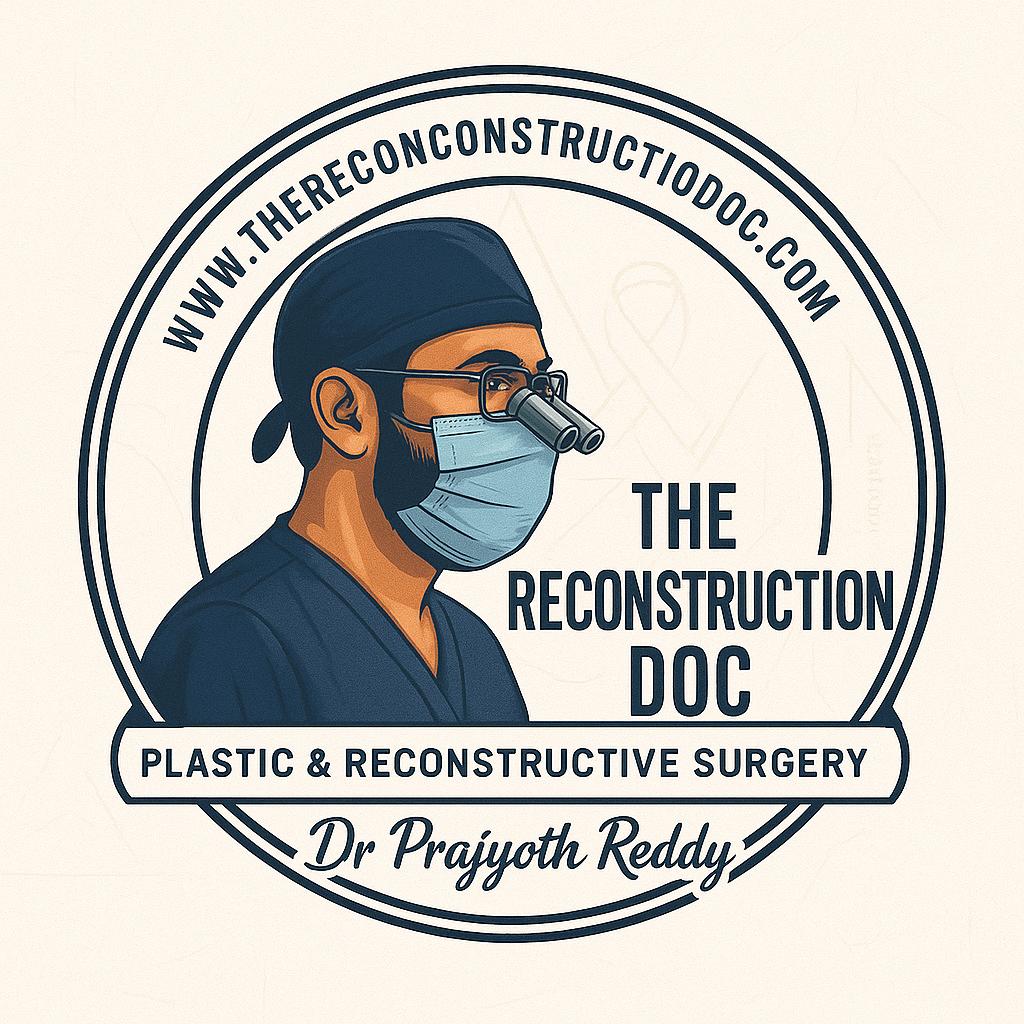Pharynx Reconstruction
- Home
- Pharynx Reconstruction
About Pharynx Reconstruction
The pharynx is the part of the throat that connects the mouth and nose to the food pipe
(esophagus) and windpipe (trachea). It plays a vital role in swallowing, speaking, and breathing.
Sometimes, due to cancer, trauma, or surgery, parts of the pharynx may need to be removed.
This can make it difficult or impossible to eat, speak, or breathe normally.
Pharynx reconstruction is a specialized surgery done by reconstructive surgeons to rebuild the
throat, allowing patients to regain essential functions like swallowing and speech.



Why is Reconstruction Needed?
- To restore swallowing ability
- To help the patient speak clearly
- To create a safe passage for food and air
- To improve quality of life after cancer surgery
How is the Pharynx Reconstructed?
The type of reconstruction depends on the extent of tissue removed, the location (upper,
middle, or lower pharynx), and the patient’s overall health. Surgeons choose from regional
flaps or free flaps to restore the structure and function of the throat.
Jejunal Free Flap (Bowel Flap)
1. What it is:
A segment of the small intestine (jejunum) taken with its blood supply.
2. How it’s used:
Transplanted into the neck and used to recreate the food passage.
3. Advantages:
Naturally tubular and moist, ideal for swallowing.
4. Limitations:
Requires abdominal surgery, longer recovery.
Best suited for total circumferential defects or when mucosal lining is essential.
Radial Forearm Free Flap (RFFF)
1. What it is:
Thin, flexible skin and tissue taken from the forearm
2. How it’s used:
Shaped into a tube to recreate the pharynx. Blood vessels are connected under a microscope.
3. Advantages:
Ideal for narrow, long defects, excellent healing, thin and pliable.
4. Limitations:
Requires microsurgery, a visible scar on the forearm
Gold standard for circumferential (full-circle) pharyngeal defects.
Anterolateral Thigh Flap (ALT Flap)
1. What it is:
Tissue from the side of the thigh, with fat and skin.
2. How it’s used:
Used either as a tube or a patch.
3. Advantages:
Can be tailored in thickness, low donor site problems.
4. Limitations:
Thicker than radial flap, may need thinning for smaller necks.
Useful in large or combined defects (pharynx + skin).
Pectoralis Major Myocutaneous Flap (PMMC)
1. What it is:
A muscle and skin flap taken from the chest (pectoralis major muscle).
2. How it’s used:
Rotated upward to fill the throat defect.
3. Advantages:
Easy to harvest, no microsurgery needed.
4. Limitations:
Bulky, can lead to speech/swallowing difficulties in complex cases.
Common in patients who are not suitable for long, complex surgeries.
Choosing the Right Surgery
Reconstructive surgeons assess:
- Size and shape of the defect
- Involvement of esophagus or voice box
- General health and nutrition of the patient
- Previous radiation or surgeries
They select the technique that gives the best chance for swallowing, speaking, and healing.
“Pharynx reconstruction is a life-changing surgery that helps people recover function and dignity after cancer or trauma. With skilled surgical care and rehabilitation, patients can return to a near-normal life.”
Get In Touch
Schedule a consultation, ask questions, or explore our expert reconstructive surgery services and compassionate care.

